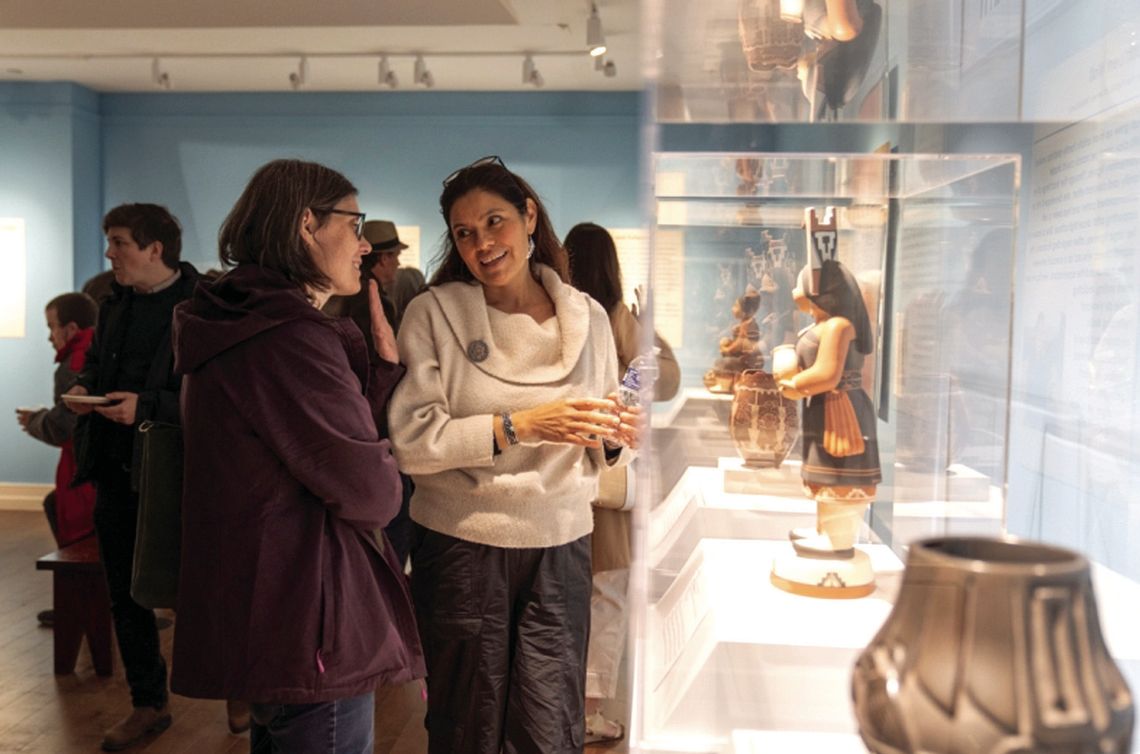Editor’s note: The following story was written by Kelsey Goodwin for Washington and Lee University.
PLEASE LOG IN FOR PREMIUM CONTENT. Our website requires visitors to log in to view the best local news.
Not yet a subscriber? Subscribe today!



